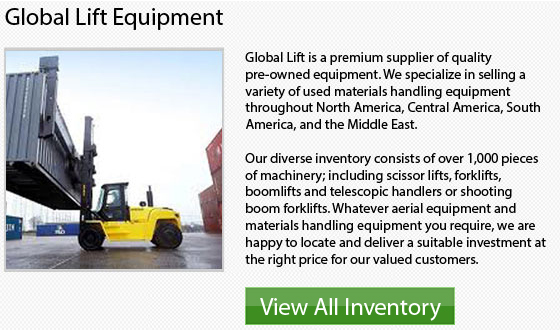
Several businesses may prefer to utilize new employees in the shipping and receiving area, though they might be better served to allocate pros to deal with these demanding tasks. Qualified people who really know and understand the products rarely mix items that are similar in appearance but are somewhat different and they know how to stock shelves and bins properly and thus, work more effectively.
The best tip for new employees is to start them out filling orders. This provides them with a terrific opportunity to learn the products, paperwork and customers along with any electronic inventory system which could take some getting used to. In addition, it is easy to check their effectiveness by going over their work orders when they are packed for shipment.
As you do not want to have a lot of trucks arriving at the same time, the next step is to plan truck arrival. By being organized and scheduling arrivals, you will eliminate pressure on receivers and shippers and also eliminate excessive waiting time in the yard. The more effectively you could schedule the arrival of your trucks, the fewer dock doors you will need to operate which would save you a lot of money on utilities in the long run.
If you are able to, operate different shifts for shipping and receiving. One method is to receive goods during one shift and separate the shipped products to a different shift. Organizing yourself in this manner may enable you to reduce the staging area needs by 50 percent. You may also be able to get rid of time-wasting bottlenecks within the warehouse. What's more, by separating your shipping and receiving, you will know which shift to look over if any discrepancies occur down the road and could keep track of orders more effectively.
Speed up the unloading process. This would tremendously help you out because the longer a truck sits at your door for loading or unloading, the more congested your yard could become. According to studies, approximately 60 percent of mass merchants can unload trucks in under 60 minutes, whereas approximately 20 to 30 percent of the grocery business performs at a similar standard. Take time to observe and time operations to be able to see precisely how your facility measures up overall.
Floor maintenance is important since floor defects can cause lift truck operators to take detours or slow down. This may result in a reduction of productivity. Potholes or uneven floors or deteriorating floor section seams also lead to vehicle damage and wheel wear. In certain situations, floors which are really damaged can result in loads tipping and product damage.